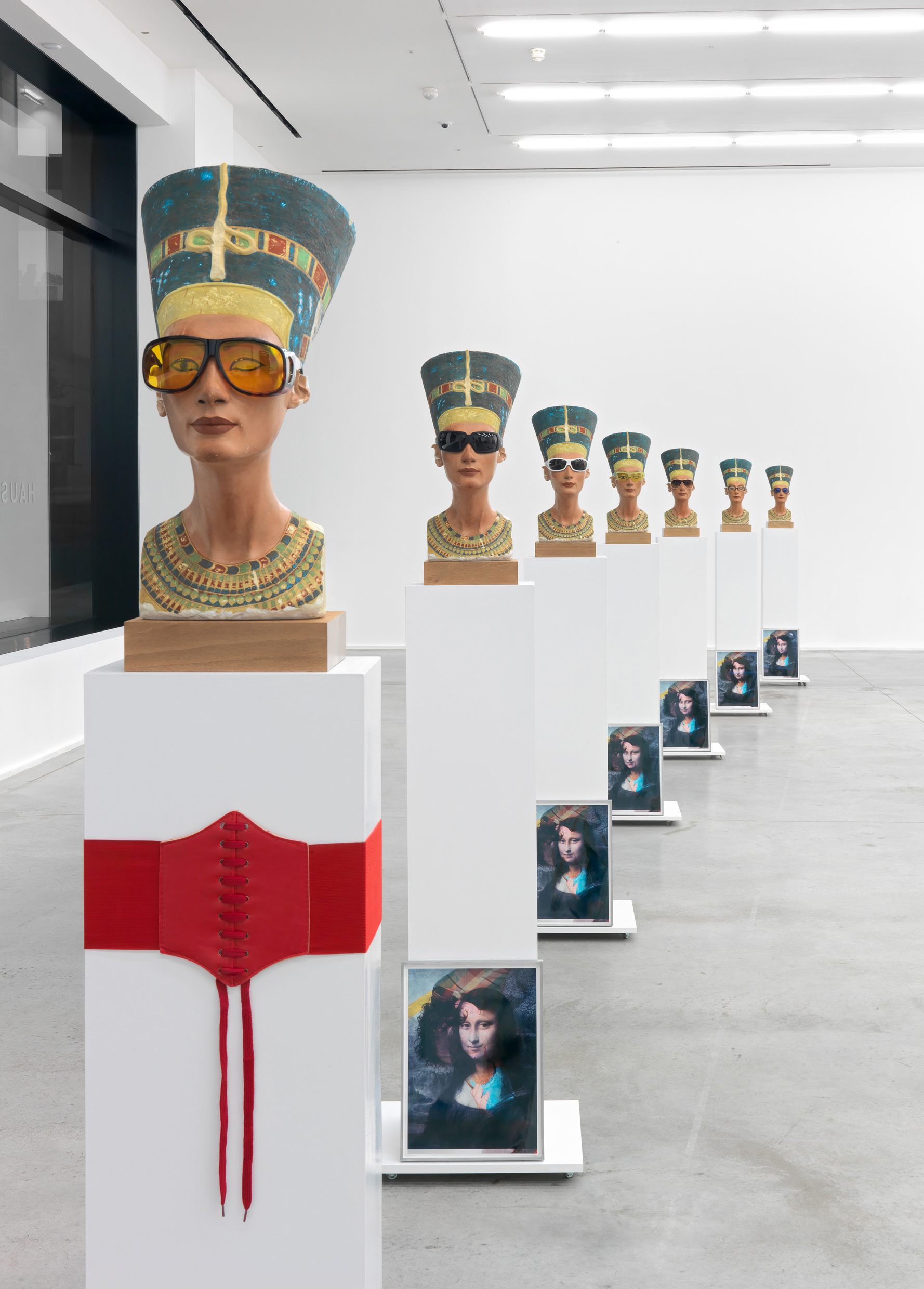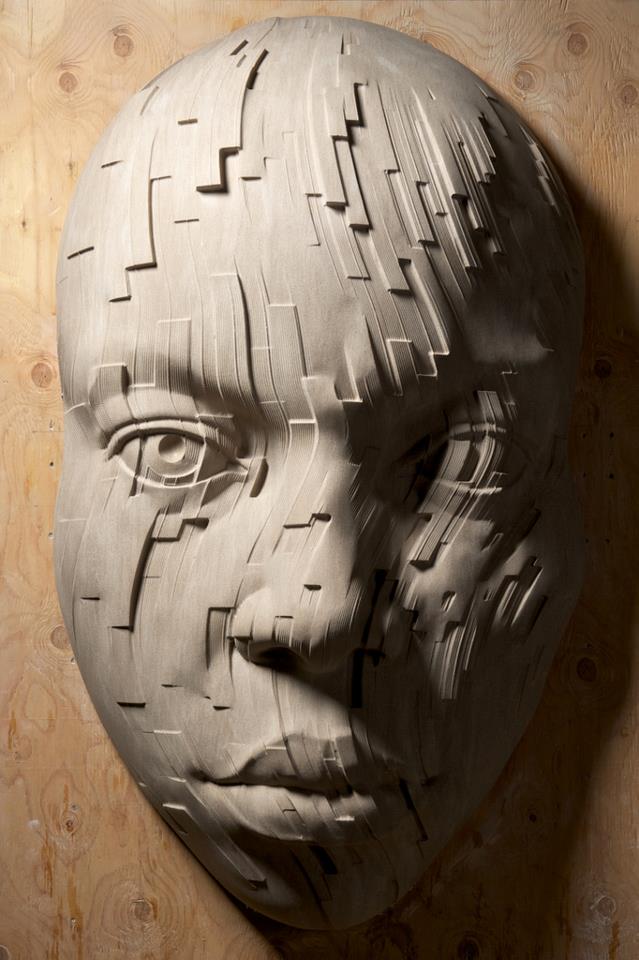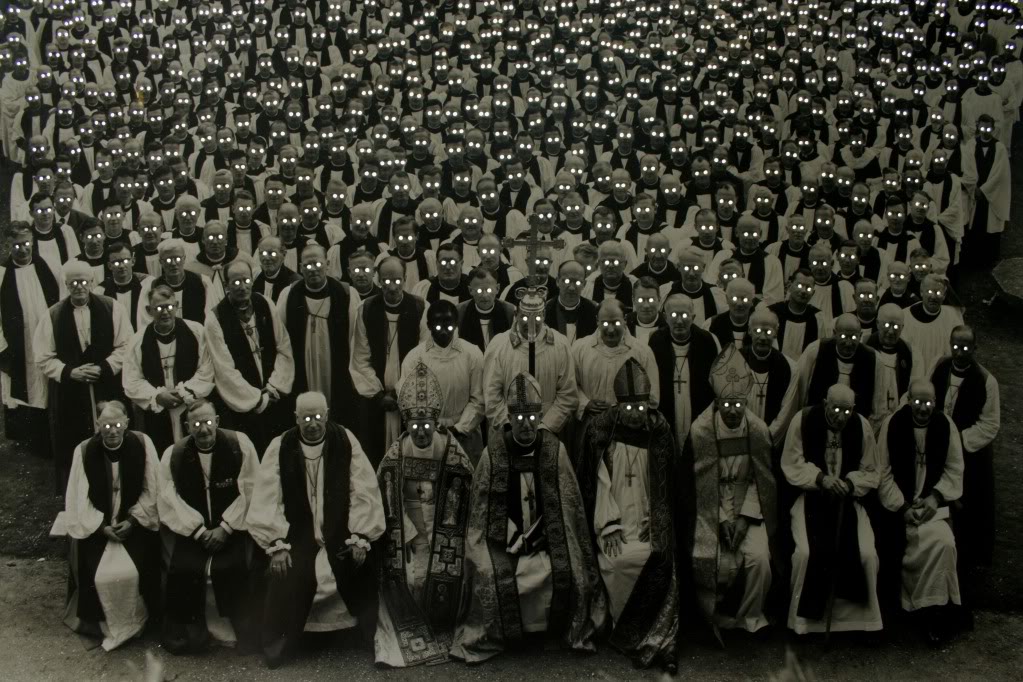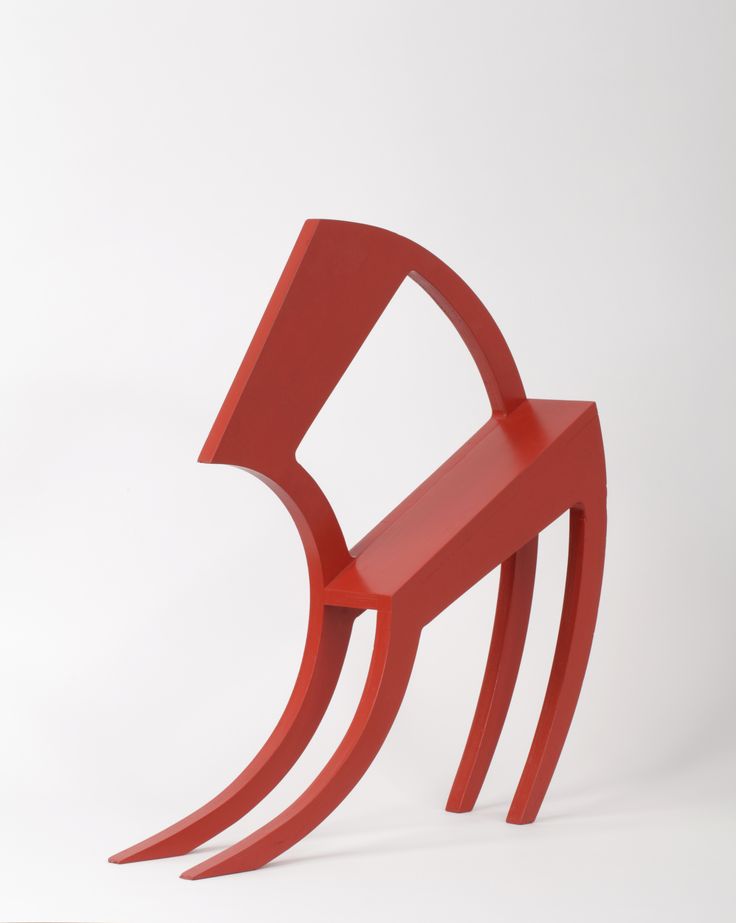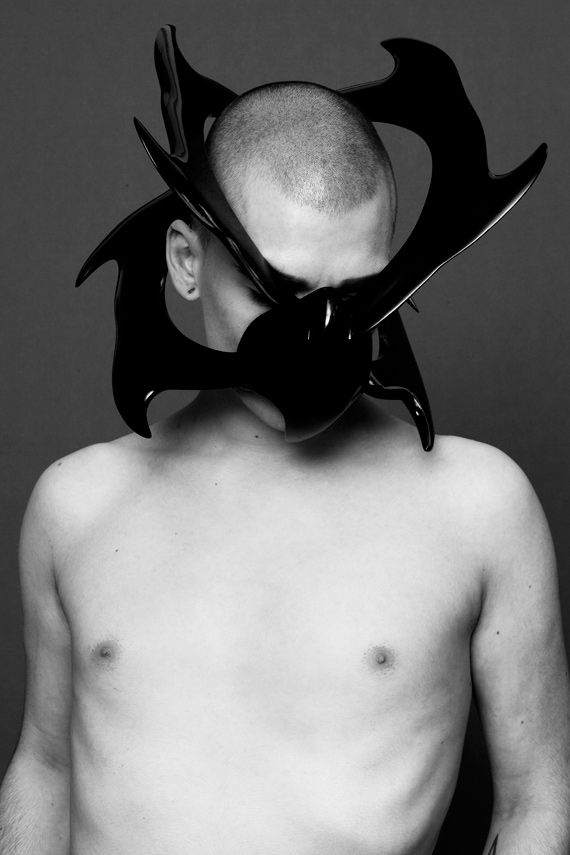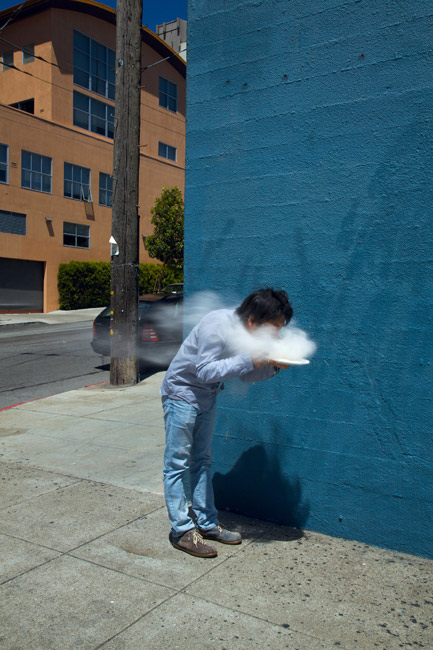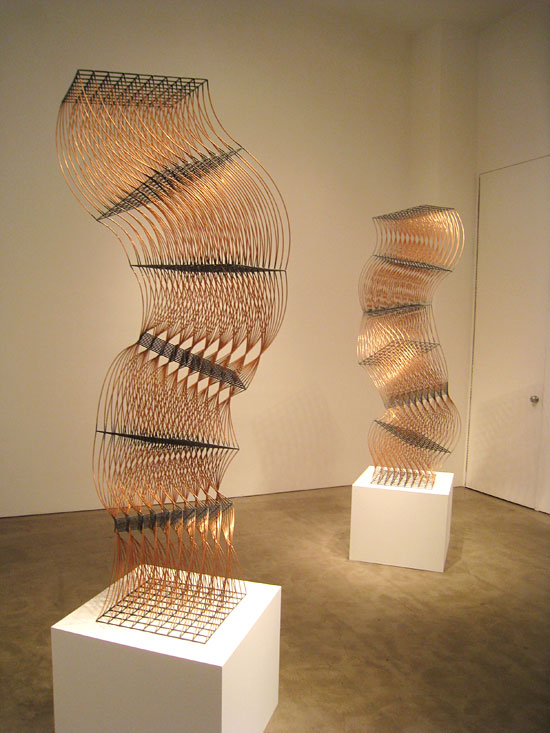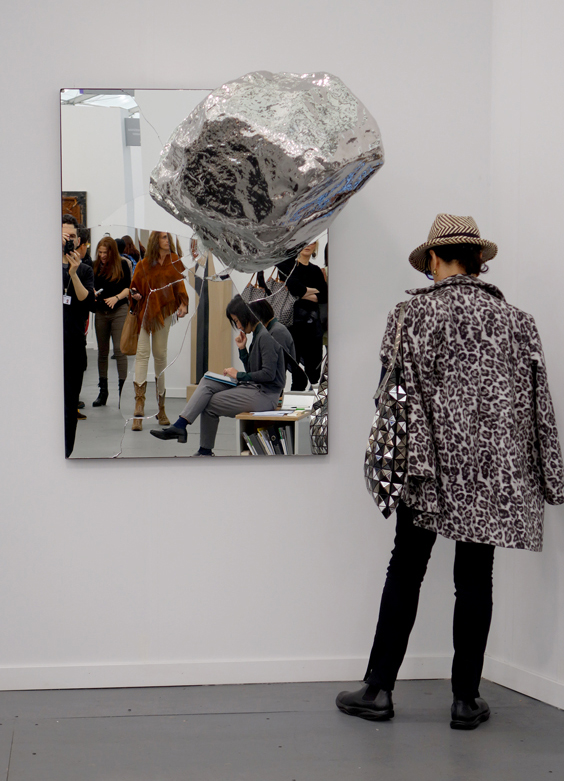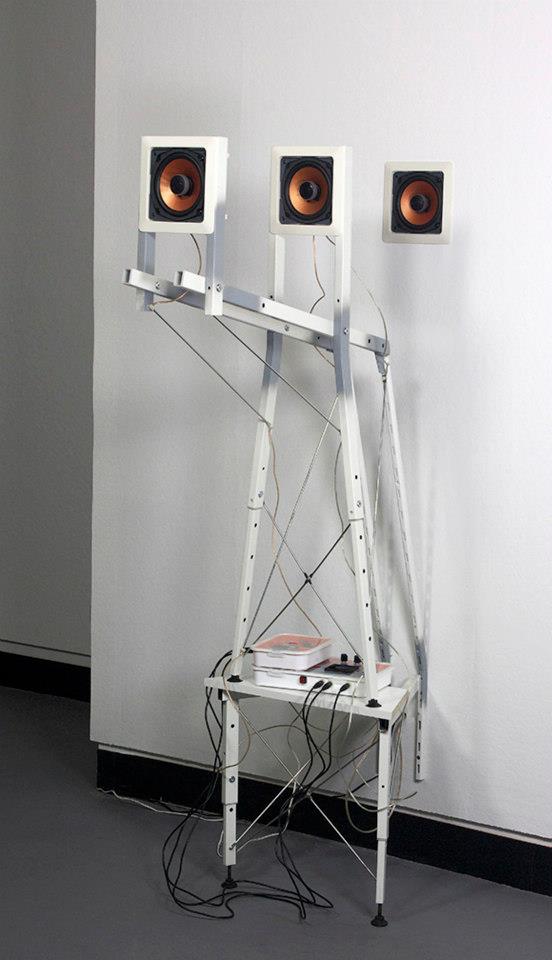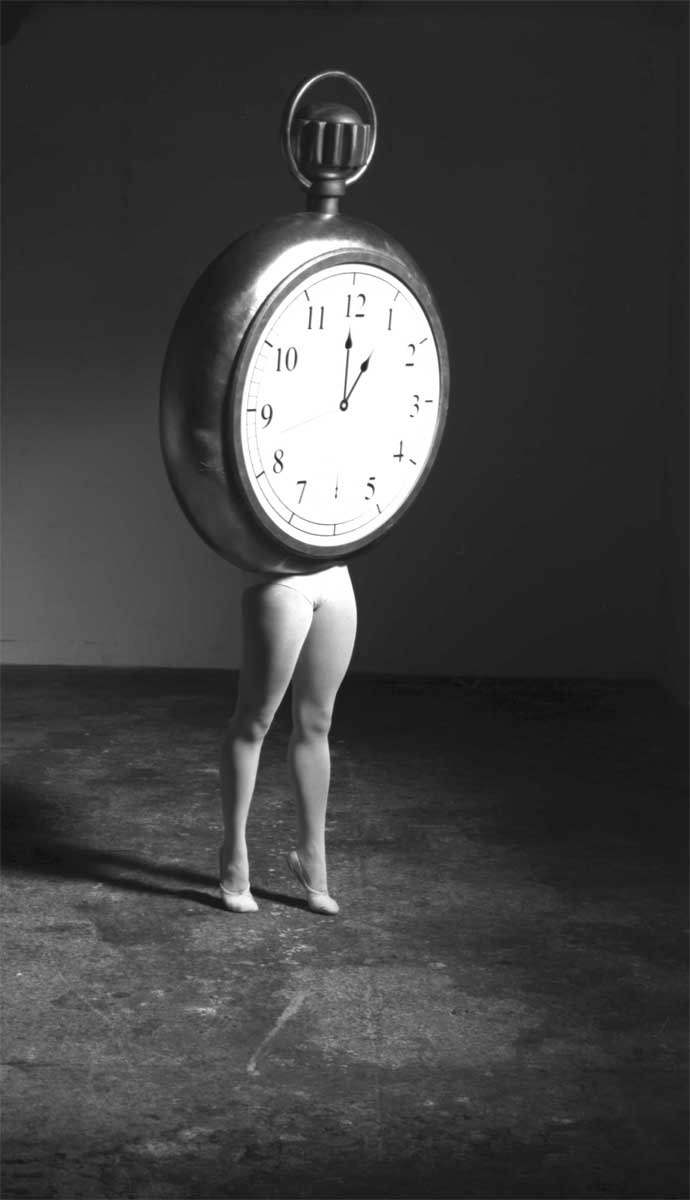
THE CAMPANA BROTHERS
وكامبانا الاخوة
坎帕纳兄弟
האחים קמפנה
カンパーナ兄弟
БРАТЬЕВ КАМПАНА
Campanas/Woods
.
FERNANDO CAMPANA
HOMAGE
R.I.P
.
Inspired by Brazilian street life and carnival culture, brothers FERNANDO AND HUMBERTO CAMPANA combine found objects – such as scrap wood and scrap fabric – with advanced technologies to create a vibrant, energetic and definitely Brazilian approach to design.
.
Die Brüder FERNANDO UND HUMBERTO CAMPANA lassen sich vom brasilianischen Straßenleben und der Karnevalskultur inspirieren und kombinieren gefundene Objekte – wie Holzreste und Stoffreste – mit fortschrittlichen Technologien, um einen lebendigen, energischen und definitiv brasilianischen Designansatz zu schaffen.
.
Inspirados na vida de rua brasileira e na cultura carnavalesca, os irmãos FERNANDO E HUMBERTO CAMPANA combinam objetos encontrados – como sucata de madeira e sucata de tecido – com tecnologias avançadas para criar uma abordagem vibrante, energética e definitivamente brasileira ao design.





